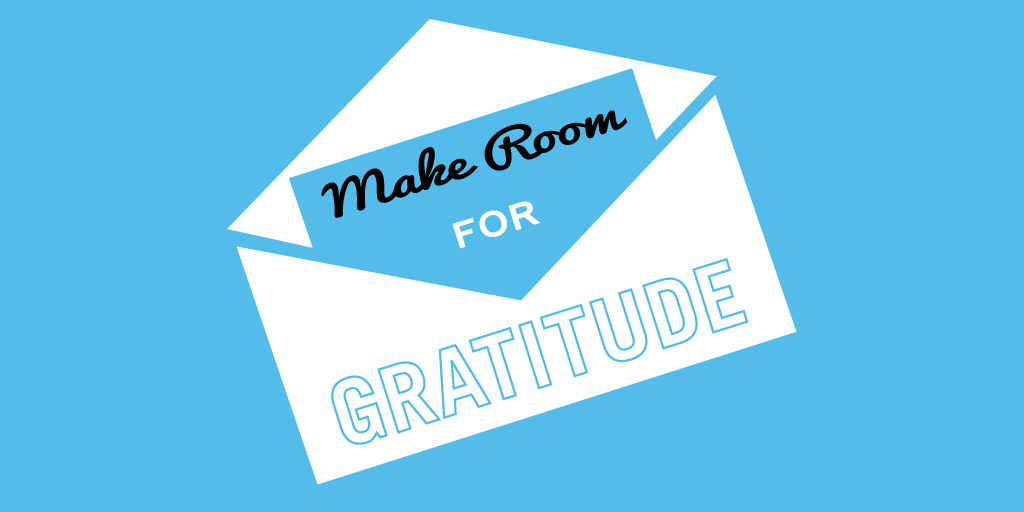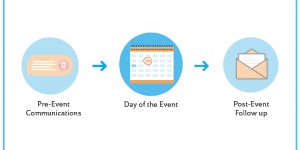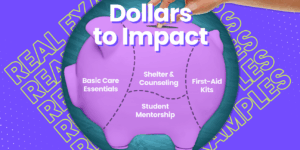November is the start of the Holiday season and often the beginning (or near beginning) of many fundraising initiatives. Many organizations use this time to implement donor acquisition campaigns, introducing themselves to new prospects and building upon their existing donor base. With letters starting to drop in the mail and #GivingTuesday fast approaching, it’s never too late to consider not just how you’ll capture donors but how you’ll retain them. We spend a lot of time (and often money) devising strategies to properly speak to current donors, lapsed donors, and donors-to-be. But once those letters and emails are out the proverbial door, are we making the same investment of time into how we keep these generous individuals in our orbit? Stewardship goes far beyond a simple thank you, so here are a few things to think about before you close up shop for a bit at the end of the year.
Be prompt.
You should be putting as much time into “thank you” letters as you do into writing that captivating appeal copy. It’s recommended that your messages of gratitude should be delivered within 48 hours of receiving a contribution. A prompt “thanks” does a few things for your donors:
- It confirms that you received their generous gift
- Prompt communication implies their gift will be used–you guessed it–promptly
- For those who are new to your organization, it makes a great first impression
Now, we hope that your gifts are rolling in from the moment you release that first touch through the end of your appeal. But within 2 days of getting every donation? Maybe that seems like it’d be hard to do, but thinking about this now means you can have your thank you letter set up in advance. This way you’re not scrambling when that first wave of generosity hits you. And remember, be creative.
Be thoughtful.
Simply put: Skip the boring Thanks for your donation of $XX on behalf of no one cares.
Save the reminder for your donors’ gift amounts for next year when you ask again and instead remind them of what you said in the first place. Recall the story your initial solicitation told. How many needy families are you now able to feed? How many children with incarcerated parents are you outreaching? Who can learn to read? Who has a safe place to sleep tonight? Right from the beginning, tell your donors specifically how they are making an impact and write them in.
Because of you, 100 families will have a hot meal tonight.
Which line do you think resonates?
Be repetitive.
Okay, we’re not talking about re-sending the same letters or emails to your donors. Fundraising is all about relationship building. For many of you some of these are brand new relationships, which means you’re still in the courting process. Both parties have agreed to be in each other’s lives, but now you’ve got to get to know each other. The objective is to keep communications going. From a place of gratitude, continue to tell your donors how their gift is making an impact and how as a result they are making the difference. If fundraising were a play, your donors would have the leading role. Make them a part of your reality but continue to thank them.
Here are a few ways:
- Hold a special event for donors only and find ways to include your beneficiaries at the event
- Build out a special donor spotlight section on your website and give them some attention
- Create a quarterly e-newsletter or digital publication just for donors
Be opportunistic.
Donors aren’t just cash machines, they’re people that truly care about your cause. Beyond making an investment in your organization, your donors can do so much more for you than write a check. For particularly active or long-time donors, present them with the opportunity to volunteer at an event or join a committee. Part of getting to know each other is allowing for a little transparency, and letting them behind the curtain during the show will do just that. Plus, their gift of service will make them feel good and help you out at the same time. The emotional bond forged between donors and organizations when they work together is one that does not fade quickly or easily.
The Wrap Up
More than just an important relationship, what happens between donors and organizations is really the blossoming of a partnership. Just as we ask donors to make investments in our work, we must make an investment in them. The practice of gratitude is mutually beneficial and allows for many ways to stay engaged with one another. So in the spirit of Thanksgiving, start getting your thanks together.
Like what you see? Stay in touch!
You Might Also Enjoy:
+ Why Donor-Centered Campaigns Get Results
+ How To Get Personal
+ Emotional Appeals: 3 Keys to Feel-Good Cultivation












